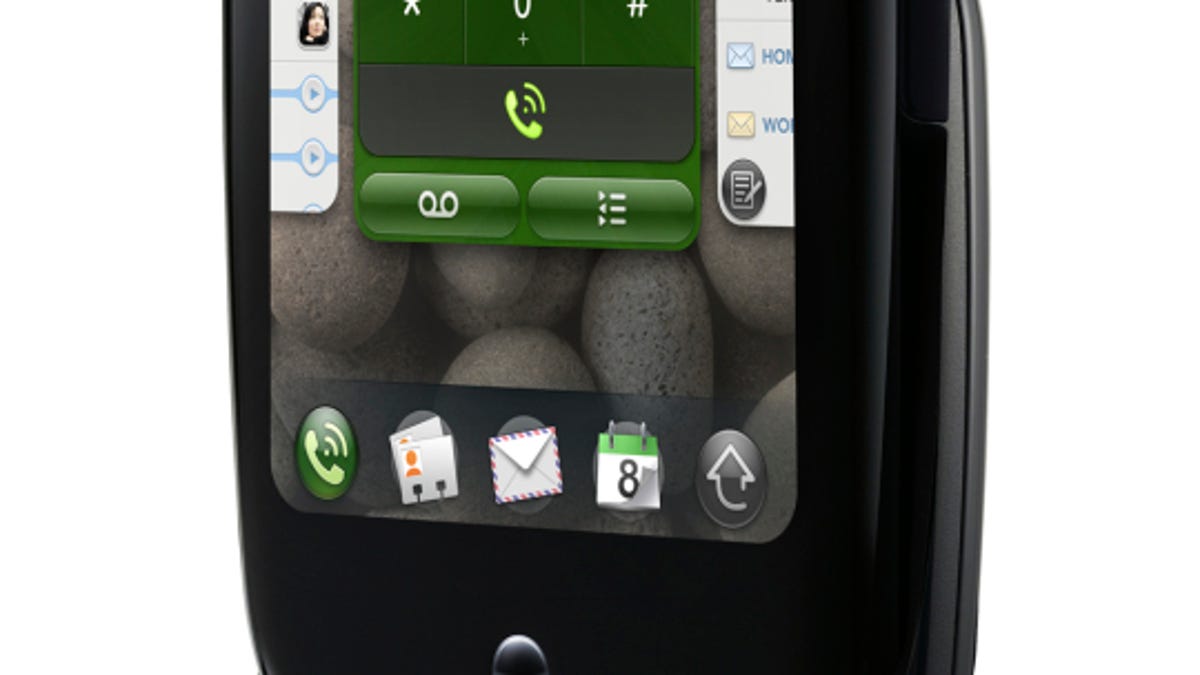Palm's WebOS app strategy needs more details
It's obviously very early in the public life of Palm's new WebOS and Pre smartphone, but developers want to know how the company will manage applications for the device.

Palm's new WebOS passed its first test: it looks good. But will the device attract legions of developers?
Just hours after Palm showed off its new operating system running on the Palm Pre, details are still rolling in about the unit and its software. One important factor that will have to be addressed is application development and distribution. Palm has confirmed plans to administer some sort of central store for application downloads. But there still is scarce information about how that will actually work.
Palm's Stephane Maes said that Palm will not attempt to approve every single application developed for WebOS, as Apple does for iPhone applications.
"Certainly, we want to let a thousand flowers bloom," he said. "Every now and then there are a few dandelions we'll want to winnow out."
Unable to let the clichéd misquote of Mao Zedong pass (he actually persecuted many of those who dared let their ideas bloom), let's move on to ask the more important questions that went unanswered this morning.
If Palm is retaining some right to refuse applications, how will those choices be made? Apple has faced its fair share of criticism over nebulous policies for approving or rejecting applications for the App Store, which have frustrated many developers even as they've flocked to the App Store.
Even if Palm takes a laissez-faire approach to the types of applications created for WebOS, will the Palm Store be the exclusive venue for those applications, or will Palm allow competition between the types of online stores that sell current Palm OS applications and its own?
How will the WebOS SDK work? The Mojo SDK is available as a private prerelease, according to a message posted by Palm on its developer home page, and will be a public download later in the year.
Palm's Pre preview
Here's a rundown of the basics of the touch-screen smartphone Palm announced at CES Wednesday. For more details, read our summary here.
New WebOS operating system
iPhone-like gestures, multitasking
Slide-out keyboard
Friendlier for e-mail, text?
Exclusive to Sprint
No GSM, no overseas roaming
Price unknown
Cost crucial for competition
Developers will use Mojo, WebOS's application framework, to develop WebOS applications using standard technologies such as HTML5, CSS, and JavaScript. That means it will likely be much easier for application developers to get up and running on WebOS as compared to the time needed to learn platforms such as Android, the iPhone, or BlackBerry. Palm also says there will be a way to migrate older Palm OS applications to WebOS, but doesn't say how that will work or how it might affect performance.
Palm, a mobile computing pioneer, is well-versed in running a development organization but times have changed since the Palm OS was the PDA world's dominant operating system. It is unclear whether the company will be able to reclaim developers who have moved onto the iPhone, BlackBerry, Windows Mobile, or Android.
These are crucial questions to consider in judging how WebOS and the Palm Pre will play in the current market, not the least being that developer support is a key factor in making a smartphone a more attractive product. At least one Palm developer contacted us urging Palm to resolve these issues sooner rather than later.
Bill MacAdam, director of product development at auto industry software developer GigglePop and longtime Palm OS developer, wants very much to known what Palm has in mind regarding application distribution.
"We very much need to maintain the existing distribution model where the installation of software can take place without going through a store," he wrote in an e-mail. "While a store is a convenient place for consumers to purchase applications, it doesn't work well for business / enterprise applications. It is also very important that we have a very specific roadmap to help us with the transition."
Palm's a little late to the Smartphone 2.0 game, but it got off to a good start with the Palm Pre roll out. Obviously, it will take much more than a flashy demo to get Palm back on track. How the company handles application development will loom large in its success or failure.